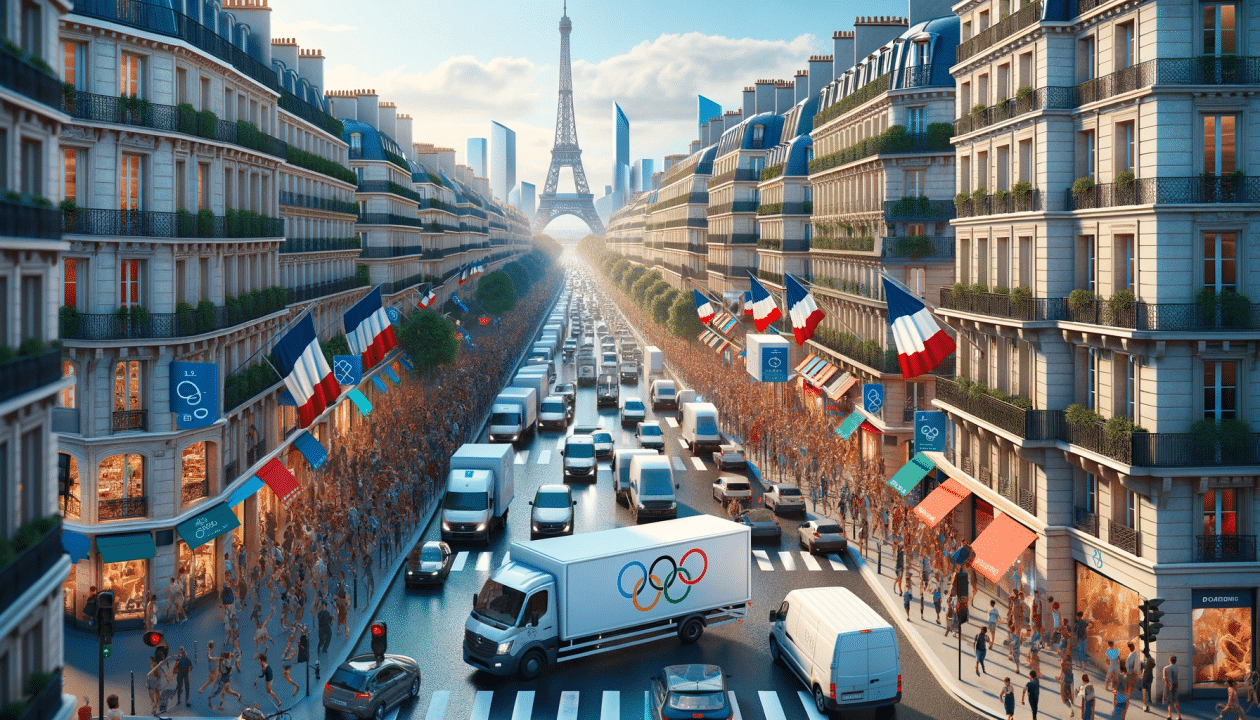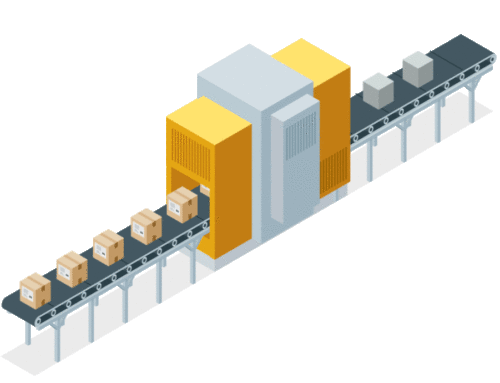At SuCh Consulting, we are both sports enthusiasts and supply chain experts.
While athletes were pushing their limits on the fields of the Paris 2024 Olympic Games, our attention was also captivated by another spectacle: the logistical prowess required to orchestrate an event of this magnitude.
The Olympic Games, which ended on August 11, represented a huge logistical challenge, with venues spread across the city and a strong commitment to sustainability.
Yet, thanks to flawless planning and constant innovation, the event was a logistical success.
Here is our analysis of what happened behind the scenes, as seen by supply chain experts.

Key figures
Scale of the event
- 10,500 athletes from 203 nations
- 32 sports disciplines
- 329 events
Transport and mobility
- 500,000 m³ of materials transported
- 1,500 km of electrical and fiber optic cables deployed
- 200,000 pallets moved
- 1,200 trucks mobilized each day during peak periods
Infrastructure and site management
- 40 equipped competition sites, some of which are temporary and others in existing infrastructures
- 150,000 m² of temporary structures
- 300 tonnes of sports equipment
Supply and flow of goods
- 13 million meals served
- 80% of food produced in France
- 80% of materials used recyclable or reusable
Security and control
- 100,000 security personnel mobilized,
- 500 drones and automated surveillance systems

Specificities of Paris 2024
Geographic concentration
90% of the competition venues were located within a 10km radius of the Olympic Village, representing logistical advantages but also traffic and circulation management challenges.
Using existing sites
Paris 2024 was distinguished by its use of existing venues, some of which are iconic locations such as the Champ de Mars and the Château de Versailles. This posed unique logistical challenges in adapting these prestigious locations to the needs of the Games.
Environmental commitment
Paris 2024 aimed to reduce CO2 emissions by 2.5 compared to the London 2012 Games. This objective directly influenced the logistical choices, favoring more sustainable solutions.
How technology has transformed the logistics of the 2024 Olympics
Smart management systems were deployed to optimize travel in real time, using algorithms that analyze sensor data to streamline traffic and reduce travel times in Paris.
Urban delivery management platforms dedicated to professionals provided real-time tracking of and enabled better coordination of deliveries in a complex urban context.
The Urbanloop, an autonomous rail shuttle, was deployed to connect several competition sites and areas dedicated to supporters. This greener transport solution offered low energy consumption.

The Paris 2024 Olympic Games have demonstrated an exceptional ability to orchestrate complex logistics in the heart of a city as dynamic and dense as Paris.
With a perfect balance between sustainability and innovation, the organizers have successfully met the challenges imposed by Parisian geography and the demands of international competitions. Paris 2024 has implemented more advanced and integrated solutions, positioning itself as a logistics model for future large-scale events.
We must salute not only the incredible performances of the athletes, who pushed the boundaries of what is possible, but also the remarkable work of all logistics professionals.
These often invisible heroes ensured that every detail, from transporting equipment to managing the flow of people, was executed with gold-medal precision.
Congratulations to them for their indispensable role in the success of these unforgettable Olympic Games!




